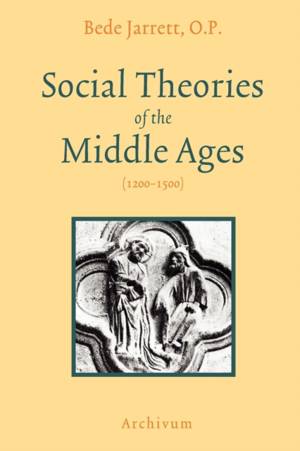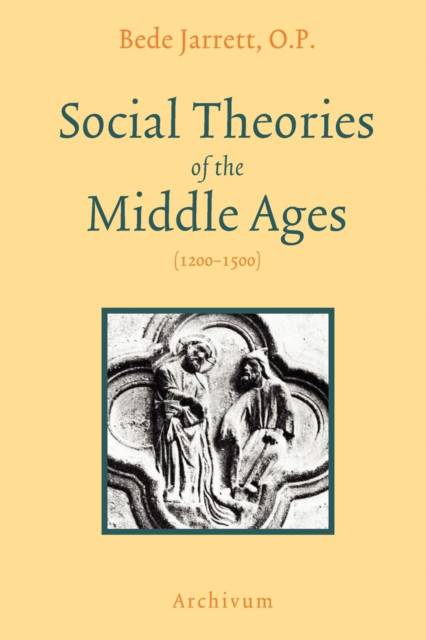
- Retrait gratuit dans votre magasin Club
- 7.000.000 titres dans notre catalogue
- Payer en toute sécurité
- Toujours un magasin près de chez vous
- Retrait gratuit dans votre magasin Club
- 7.000.0000 titres dans notre catalogue
- Payer en toute sécurité
- Toujours un magasin près de chez vous
16,95 €
+ 33 points
Description
In this admirable introduction to medieval thought, Dom Jarrett deals in turn with the prevailing ideas concerning law, women, education, war, and other important manifestations of the era. The changing concept of education is traced as the university system grew, and the return to the classics in the mid-14th century set the state for the widening influence of Renaissance ideas. The ever fascinating topic of women is then taken under scrutiny. Dom Jarrett then goes into the effect of the Black Death on serfdom; the new developments in the art of war and the moral problems they raised; and the idea of Christendom itself, the background for all these social theories. Finally, medieval theories of art help us understand the social theories of the age in its appreciation of the artist as teacher like the theologian, the philosopher, and the scientist. In all these parts, Dom Jarrett brings to the reader the fruit of a lucid scholarship [and a sure knowledge of the medieval era. This task has been performed in a very complete and admirable way. The great works of St Thomas Aquinas have been his main sources for the 13th-century, but his reading has been wide and comprehensive. - Saturday Review
Spécifications
Parties prenantes
- Auteur(s) :
- Editeur:
Contenu
- Nombre de pages :
- 292
- Langue:
- Anglais
Caractéristiques
- EAN:
- 9781597314039
- Date de parution :
- 05-12-07
- Format:
- Livre broché
- Format numérique:
- Trade paperback (VS)
- Dimensions :
- 152 mm x 229 mm
- Poids :
- 430 g

Les avis
Nous publions uniquement les avis qui respectent les conditions requises. Consultez nos conditions pour les avis.






